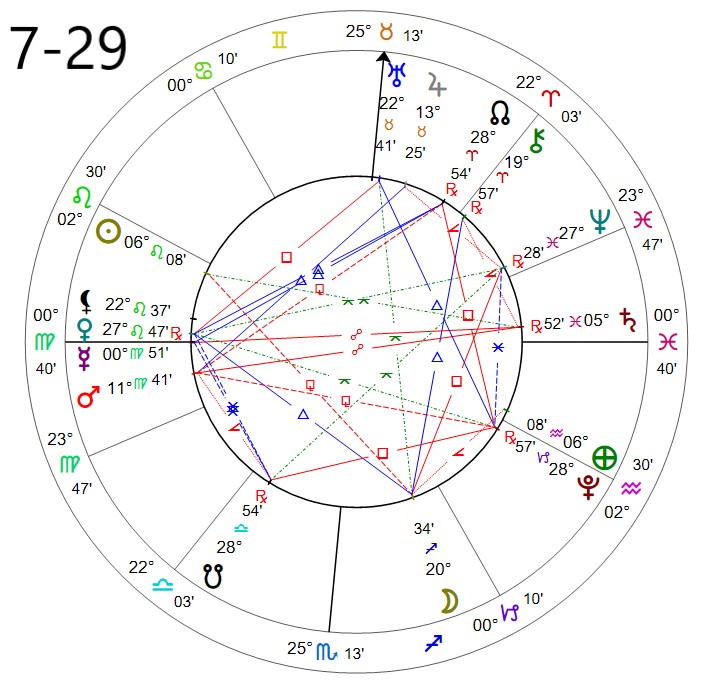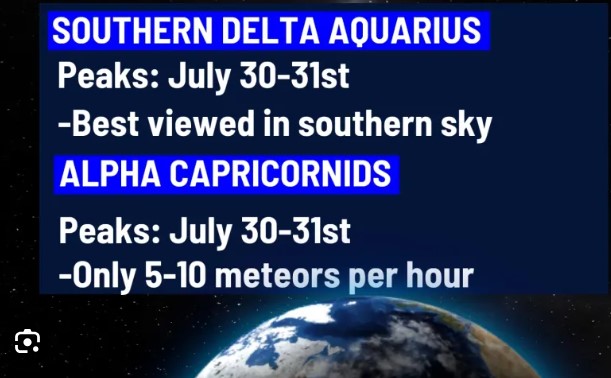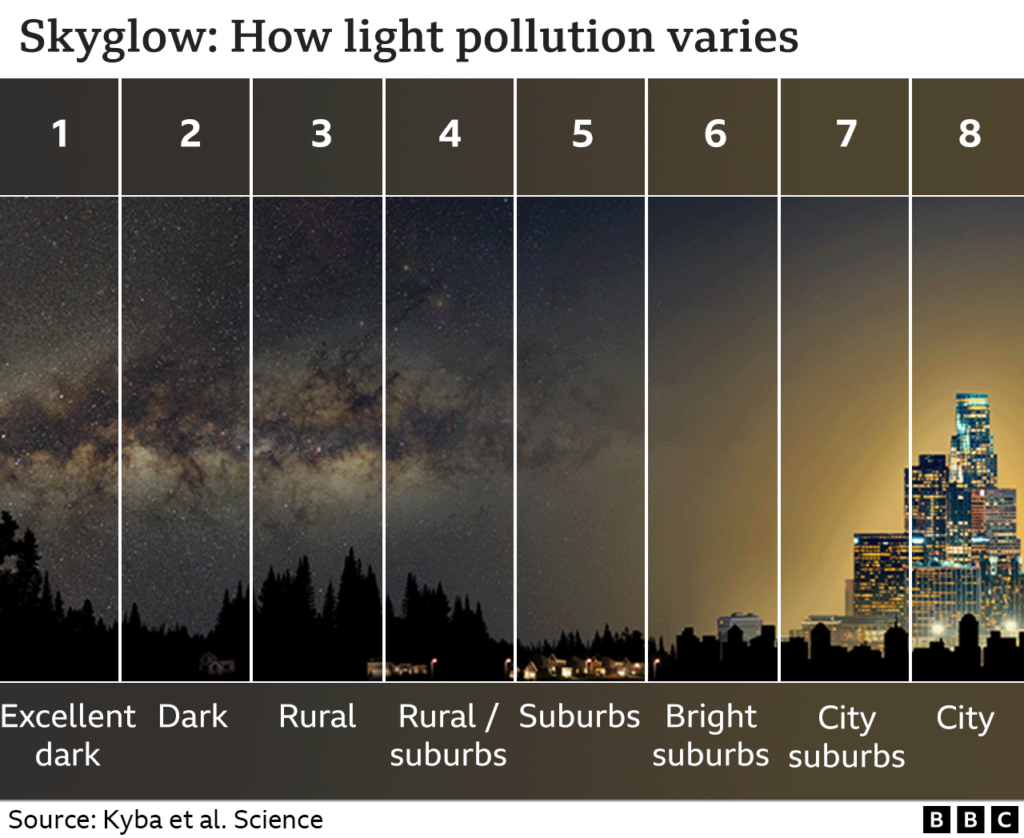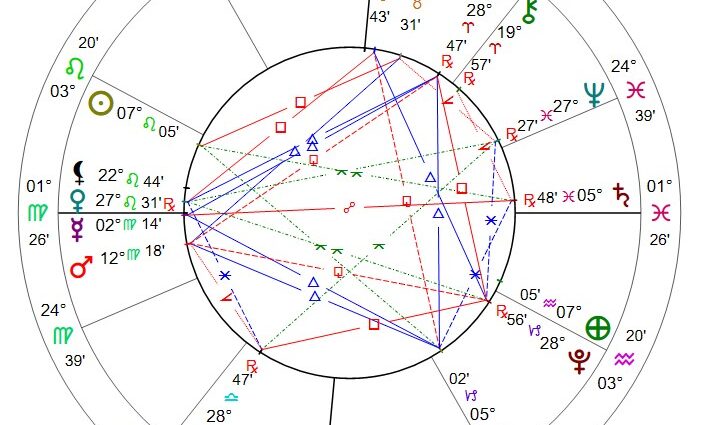Saturday – Sunday July 29-30, 2023
– Gibbous Moon Phase – step out, take action, breaking away, expression

– Moon in SAGITTARIUS – 7/29 Void of Course 7:51 PM – 11:44 PM Moving to Capricorn
– Retrograde Planets 2023 –
Pluto – May 1 – Oct 11
Saturn – Jun 17 – Nov 4
Neptune – Jun 30 – Dec 6
Venus – Jul 22 – Sep 3
Chiron – Jul 23 – Dec 26
Mercury – Aug 23 – Sep 15
Uranus – Aug 28 – Jan 27
Jupiter – Sep 4 – Dec 3
– Best Days (from the Farmer’s Almanac) – July 29th – 30th – Kill Plant Bake, Castrate Farm Animals, Potty Train, Dig Holes, Cut Firewood, Wax Floors, Mow to Increase Growth, Cut Hair to Increase Growth, Wean
– Planting Calendar (from the Farmer’s Almanac) – July 29th – 30th – Any aboveground crops that can be planted now will do well.
– Aspect of the Aeon Sophia: (Wisdom): – Kali – Goddess of Beginnings and Endings
– Aspect of the Aeon Thelete: (Will/Desire): Kathe – God of the South, God of Frequencies, Harmonics, and Waves
– Sabian Symbol for the Solar-Lunar Month – New Moon in CANCER SUN/MOON – 25 CANCER: a leader of men wrapped in an invisible mantle of power (EARTH – 25 CAPRICORN: an Oriental rug dealer in store filled with precious ornamental rugs )

SUN –
07 LEO: the constellations of stars in the sky
08 LEO: a communist activist spreading his revolutionary ideals
EARTH –
07 AQUARIUS: a child born out of an eggshell
08 AQUARIUS: beautifully gowned wax figures on display
Meteor Showers
If you pay attention to such things, there are a couple Meteor showers that can be seen starting on Sunday. The Southern Delta Aquarids and Alpha Capricornids will peak simultaneously centered around the night of Sunday, July 30, into the early morning of Monday, July 3.
from USA Today:

Though few in number, the Alpha Capricornids frequently produce slow, bright yellow, fireball-class meteors that can be quite spectacular. They can be especially stunning for northern observers because of their long trails, owing to their low radiant elevation. The American Meteor Society agrees with this, saying that “what is notable about this shower is the number of bright fireballs produced during its activity period.”
The Southern Delta Aquarids are best seen from the southern tropics, the AMS said. Here in the U.S., “these are usually faint meteors that lack both persistent trains and fireballs.”
For stargazing, you must consider a couple things. FIRST: weather. Is it going to cloudy where you are? Its a bummer when you plan a star night and then its cloudy or raining. Al that waiting for a specific event. SECOND: Consider the effect of Light pollution. Are you in a rural area or closer to cities. Nighttime light may help us see the world around us. They obscure the night sky.

